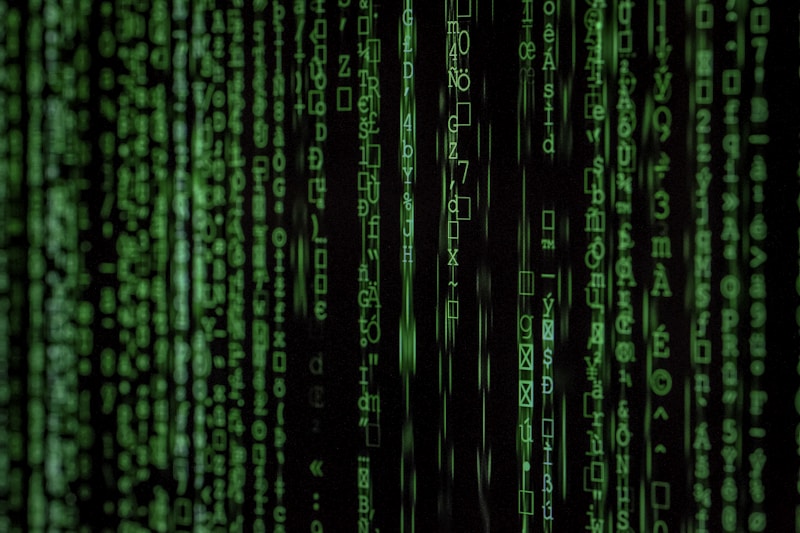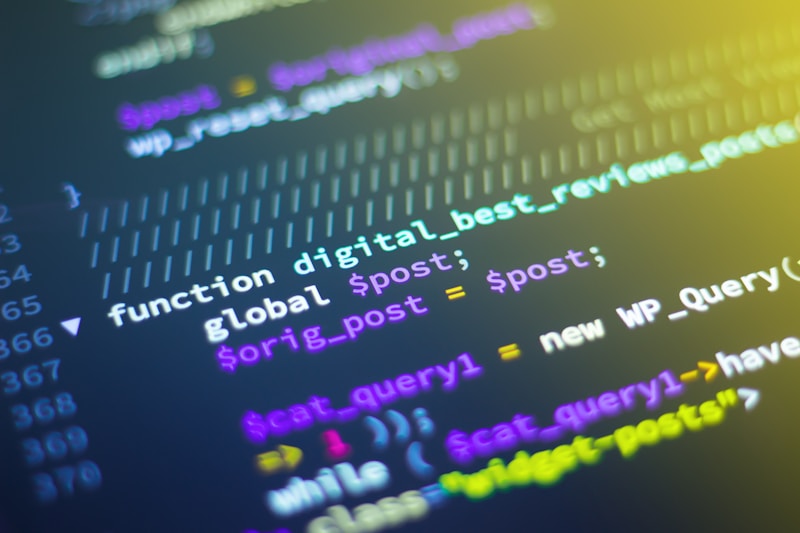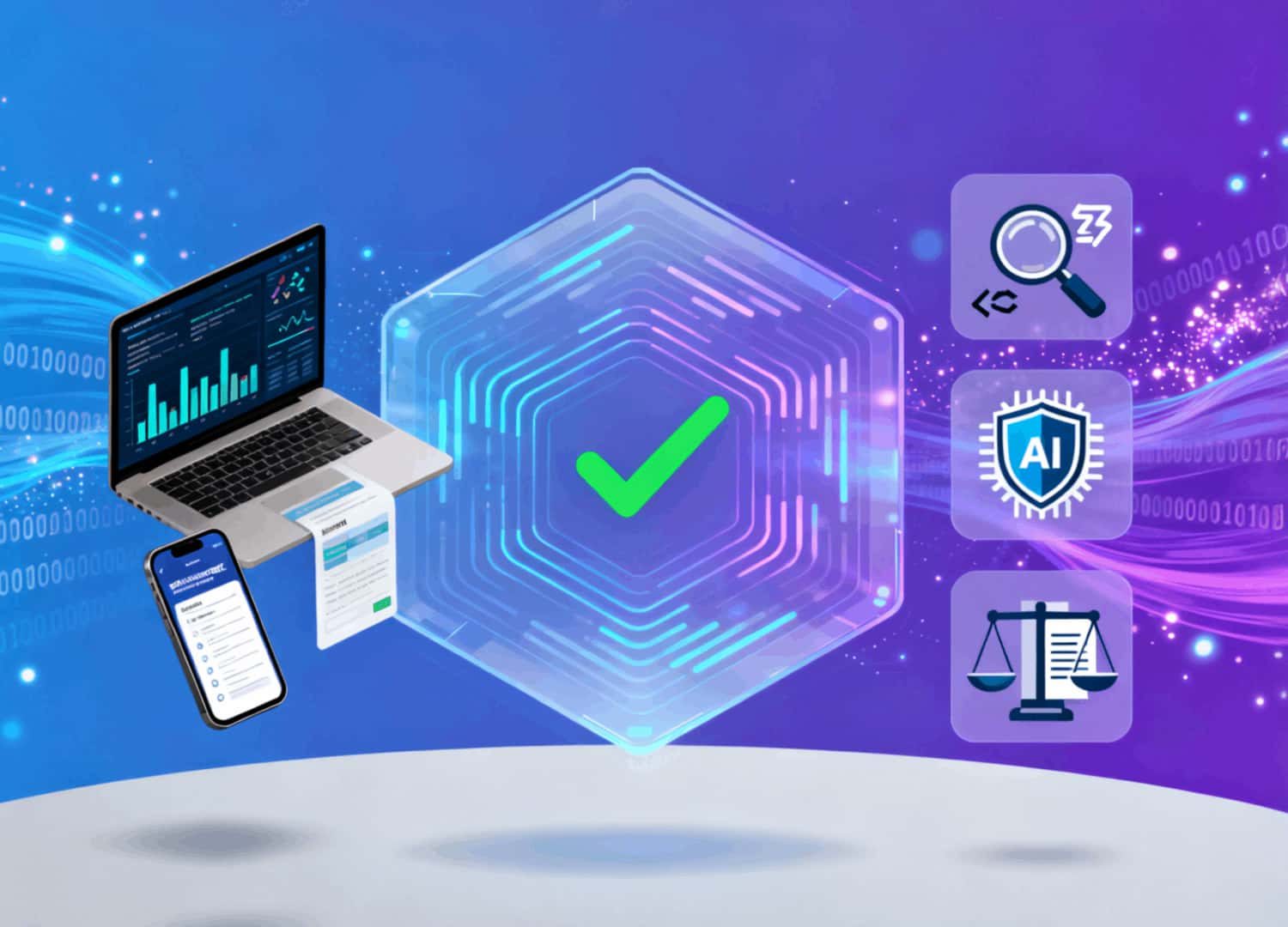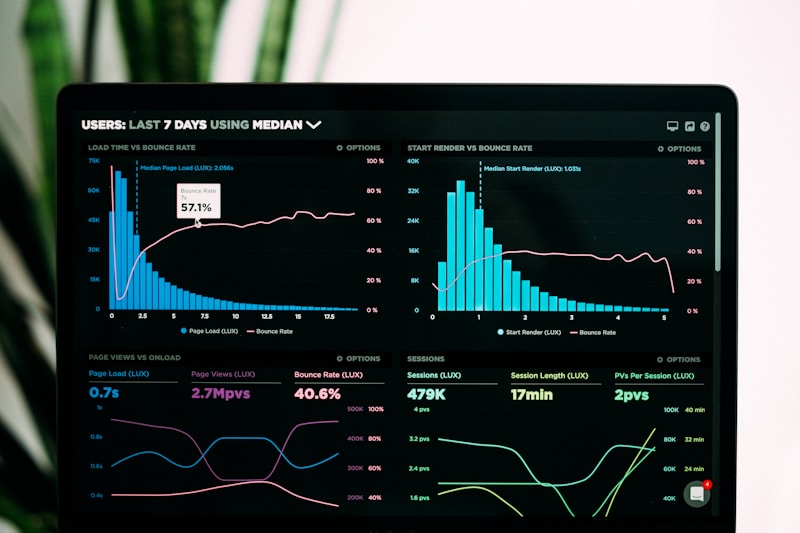As educational technology advances, Canvas has integrated sophisticated AI detection capabilities to maintain academic integrity in digital learning environments. This comprehensive guide explores how Canvas identifies AI-generated content, the technologies behind these detection systems, and the important ethical considerations for global users. Whether you're an educator, student, or administrator, understanding Canvas AI detection is crucial for navigating modern educational platforms effectively.Overview of AI Detection in Canvas
Canvas AI detection represents a revolutionary approach to maintaining academic integrity in online education. The system employs advanced machine learning algorithms to analyze submitted content and identify patterns characteristic of AI-generated text. This technology has become increasingly important as AI writing tools become more accessible to students worldwide.
The integration of AI detection in Canvas serves multiple purposes beyond simple plagiarism checking. It helps educators understand student learning patterns, identifies potential academic misconduct, and ensures fair assessment practices across diverse educational institutions. The system continuously evolves, adapting to new AI writing technologies and maintaining its effectiveness in detecting sophisticated AI-generated content.
Canvas's approach to AI detection differs from standalone detection tools by being fully integrated into the learning management system. This integration allows for seamless workflow management, automatic flagging of suspicious content, and comprehensive reporting features that help educators make informed decisions about student submissions.
How Canvas Identifies AI-Generated Content
Detection Algorithms and Key Technologies
Explanation: Canvas utilizes a combination of natural language processing (NLP), machine learning models, and pattern recognition algorithms to identify AI-generated content. These algorithms analyze various linguistic features including sentence structure, vocabulary patterns, coherence markers, and stylistic elements that differentiate human writing from AI-generated text.
Advantages: The multi-layered approach provides high accuracy rates in detecting various AI writing tools, from ChatGPT to specialized academic writing assistants. The algorithms can identify subtle patterns that humans might miss, including unusual word combinations, repetitive phrasing structures, and unnatural transitions between ideas. Additionally, the system updates regularly to recognize new AI writing patterns as they emerge.
Limitations: Despite sophisticated technology, Canvas AI detection faces challenges with false positives, particularly when analyzing technical writing or content from non-native English speakers. The algorithms may struggle with heavily edited AI content or text that combines human and AI writing. Furthermore, detection accuracy can vary depending on the length and complexity of the submitted content.
Safety Considerations: Canvas implements strict data protection protocols to ensure student privacy while performing AI detection. The system processes content locally within secure servers, minimizing data exposure risks. Regular security audits and encryption standards protect sensitive academic information from unauthorized access.
Data Sources and Training Sets Used
Explanation: Canvas AI detection systems are trained on extensive datasets comprising millions of academic papers, student submissions, and known AI-generated content samples. These training sets include diverse writing styles, academic disciplines, and language variations to ensure comprehensive detection capabilities across different educational contexts.
Advantages: The diverse training data enables Canvas to detect AI content across multiple subject areas and writing formats. The system benefits from continuous learning, incorporating new examples of both human and AI writing to improve detection accuracy. This extensive database allows for nuanced understanding of discipline-specific writing conventions and terminology.
Limitations: Training data may not adequately represent all cultural writing styles or emerging academic fields. The system's effectiveness can be limited when dealing with specialized technical content or creative writing that deliberately breaks conventional patterns. Additionally, rapid evolution of AI writing tools means training sets require constant updates to maintain effectiveness.
Safety Considerations: Canvas ensures that training data is anonymized and aggregated to protect individual privacy. The platform adheres to international data protection regulations including GDPR and FERPA, implementing strict access controls and data retention policies. Regular audits verify that personal information is not inadvertently included in training datasets.
Accuracy and Reliability of Results
Explanation: Canvas AI detection typically achieves accuracy rates between 85-95% for standard academic content, though this varies based on numerous factors including text length, subject matter, and AI tool sophistication. The system provides confidence scores rather than binary determinations, allowing educators to make informed decisions about potential AI use.
Advantages: High accuracy rates for common AI writing tools provide educators with reliable assessment tools. The confidence scoring system helps identify borderline cases requiring human review. Canvas's detection capabilities improve over time through machine learning, adapting to new AI writing patterns and maintaining effectiveness against evolving technologies.
Limitations: Accuracy decreases significantly with shorter text samples or highly technical content. The system may produce inconsistent results for mixed human-AI content or heavily edited AI text. Cultural and linguistic variations can impact detection accuracy, potentially disadvantaging international students or those writing in non-standard English dialects.
Safety Considerations: Canvas implements multiple verification layers to minimize false accusations and protect student rights. The platform maintains detailed logs of detection processes for audit purposes while ensuring transparency in how detection results are generated. Appeal mechanisms allow students to contest detection results through proper channels.
Limitations and Challenges of Canvas AI Detection
Understanding the limitations of Canvas AI detection is crucial for fair implementation in educational settings. One significant challenge involves the evolving nature of AI writing tools, which continuously improve their ability to mimic human writing patterns. As AI technologies advance, detection systems must constantly adapt, creating an ongoing technological arms race between generation and detection capabilities.
As questions like “Does Canvas have AI detection?” become more common, the need to ensure that written work remains genuinely human-authored has only grown. Aigcchecker is built to address this concern through a refined analytical model that examines text closely and determines whether it was generated by mainstream AI systems such as ChatGPT or Gemini. Whether reviewing academic papers, blog articles, business reports, or other AI-sensitive submissions, it provides clear and reliable detection results. This helps users maintain originality, protect credibility, and navigate an academic landscape where AI-generated content is increasingly present.
False positives remain a persistent issue, particularly affecting students whose writing styles naturally align with patterns associated with AI-generated content. International students, those with learning disabilities, or writers following strict academic templates may face unfair scrutiny. These false positives can damage student-teacher relationships and create unnecessary stress in learning environments.
Technical limitations also impact Canvas AI detection effectiveness. The system performs better with longer text samples, typically requiring at least 150-200 words for reliable analysis. Short-answer responses, mathematical proofs, or code submissions present unique challenges that current detection algorithms struggle to address adequately.
Context understanding represents another significant limitation. Canvas AI detection may not fully grasp disciplinary conventions, citation practices, or legitimate use of AI tools for research and brainstorming. This limitation can lead to misinterpretation of properly attributed AI-assisted work or collaborative projects involving AI tools.
Ethical and Privacy Considerations for Global Users
The implementation of Canvas AI detection raises important ethical questions about surveillance in education, student privacy, and the presumption of innocence. Educational institutions must balance academic integrity concerns with respect for student rights and cultural differences in academic practices. These considerations become particularly complex in international educational contexts where cultural norms around collaboration and citation vary significantly.
Privacy concerns extend beyond simple data collection to questions about how detection results are stored, shared, and used in academic decision-making. Canvas must navigate complex international privacy laws while maintaining system effectiveness. The platform's global reach means compliance with diverse regulatory frameworks including GDPR in Europe, PIPEDA in Canada, and various state-level privacy laws in the United States.
Transparency in AI detection processes remains an ongoing challenge. Students deserve to understand how their work is analyzed and what factors contribute to detection results. However, complete transparency might enable bad actors to game the system, creating a delicate balance between openness and security. Canvas addresses this through clear communication about general detection principles while protecting specific algorithmic details.
The digital divide presents additional ethical considerations, as students with limited technology access may be unfairly impacted by AI detection systems. Those unable to afford premium writing tools or grammar checkers might produce writing that appears more suspicious to detection algorithms, creating systematic disadvantages for economically disadvantaged students.
Conclusion
Canvas AI detection represents a significant advancement in maintaining academic integrity within digital learning environments. While the technology offers powerful capabilities for identifying AI-generated content through sophisticated algorithms and extensive training data, it also presents notable limitations and ethical challenges that educators and institutions must carefully consider.
The future of Canvas AI detection will likely involve continued technological refinement, improved accuracy rates, and better integration with pedagogical practices. As AI writing tools become more sophisticated, detection systems must evolve correspondingly while maintaining fairness and protecting student privacy. Educational institutions implementing Canvas AI detection should establish clear policies, provide transparency about detection processes, and maintain human oversight in decision-making.
Ultimately, Canvas AI detection serves as one tool among many for promoting academic integrity. Its effectiveness depends not only on technological capabilities but also on thoughtful implementation, clear communication, and respect for the diverse needs of global learners. As we navigate this evolving landscape, maintaining balance between technological innovation and educational values remains paramount.
FAQs
What is AI detection in Canvas?
AI detection in Canvas is an integrated technology system that analyzes student submissions to identify content potentially generated by artificial intelligence tools. The system uses machine learning algorithms, natural language processing, and pattern recognition to distinguish between human-written and AI-generated text. It provides educators with confidence scores and detailed reports to help maintain academic integrity while supporting fair assessment practices.
Why does Canvas employ AI detection?
Canvas employs AI detection to preserve academic integrity, ensure fair assessment, and maintain the value of educational credentials. As AI writing tools become more accessible, institutions need reliable methods to verify authentic student work. The technology helps educators identify potential academic misconduct while also providing insights into student learning patterns and areas where additional support might be needed.
How can users verify if content was flagged by Canvas?
Users can verify flagged content through Canvas's reporting interface, which provides detailed detection results including confidence scores and highlighted passages. Students typically receive notifications if their work is flagged, with access to detection reports showing specific concerns. Educators can review comprehensive analytics dashboards that display detection patterns, allowing for informed decision-making about potential AI use in submissions.
How to choose between automated detection and manual review?
Choosing between automated detection and manual review depends on factors including assignment type, class size, and institutional policies. Automated detection works best for large-scale assessments and initial screening, providing efficiency and consistency. Manual review remains essential for nuanced evaluation, particularly with creative assignments, technical content, or cases with borderline detection scores. Many institutions adopt hybrid approaches, using automated detection for initial screening followed by manual review of flagged submissions.
What are common misconceptions about Canvas AI detection?
Common misconceptions include believing that Canvas AI detection is 100% accurate, that it can detect all forms of AI assistance, or that it permanently labels students as cheaters. In reality, the system provides probability scores rather than definitive judgments, cannot detect all AI tools or heavily edited content, and serves as an assessment tool rather than a disciplinary measure. Another misconception is that using grammar checkers or citation tools will trigger detection, when these legitimate academic tools are generally distinguished from AI content generation.






